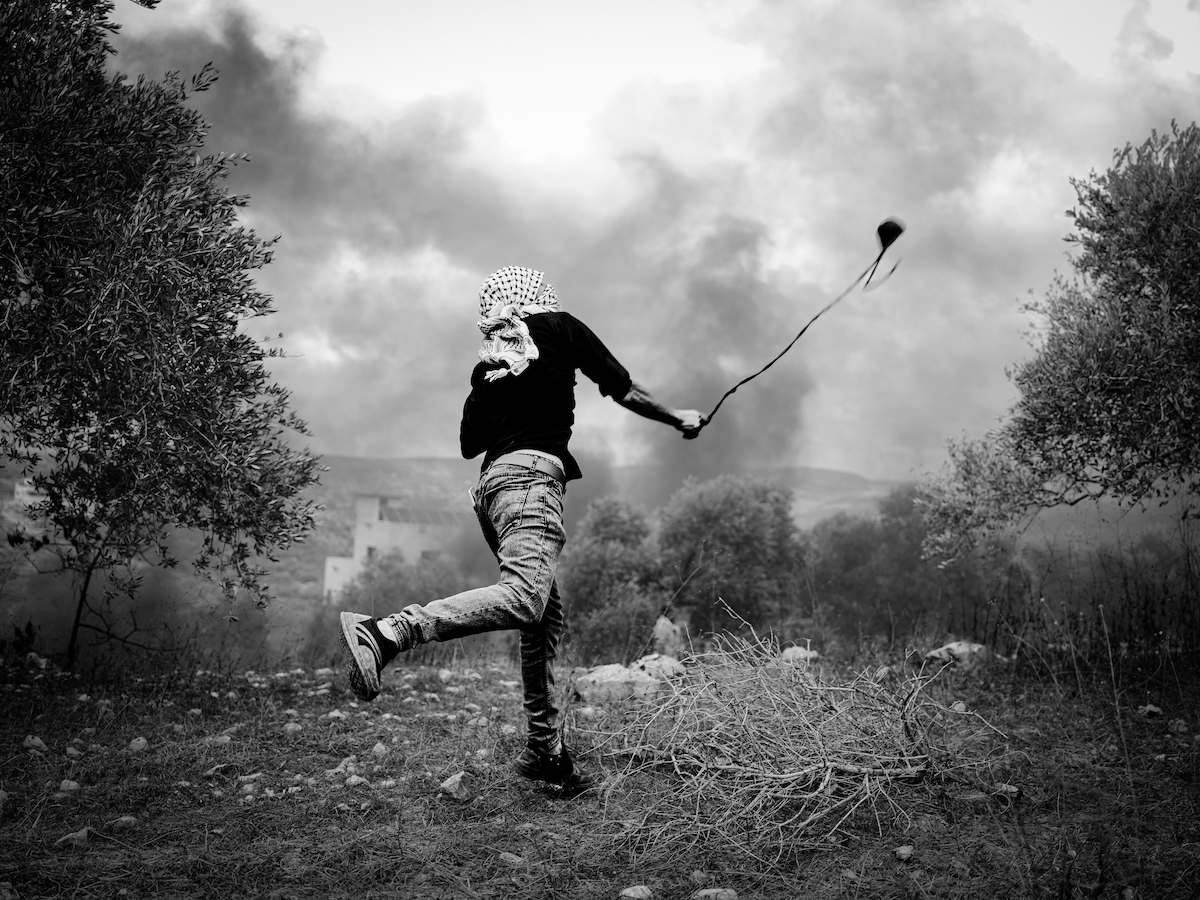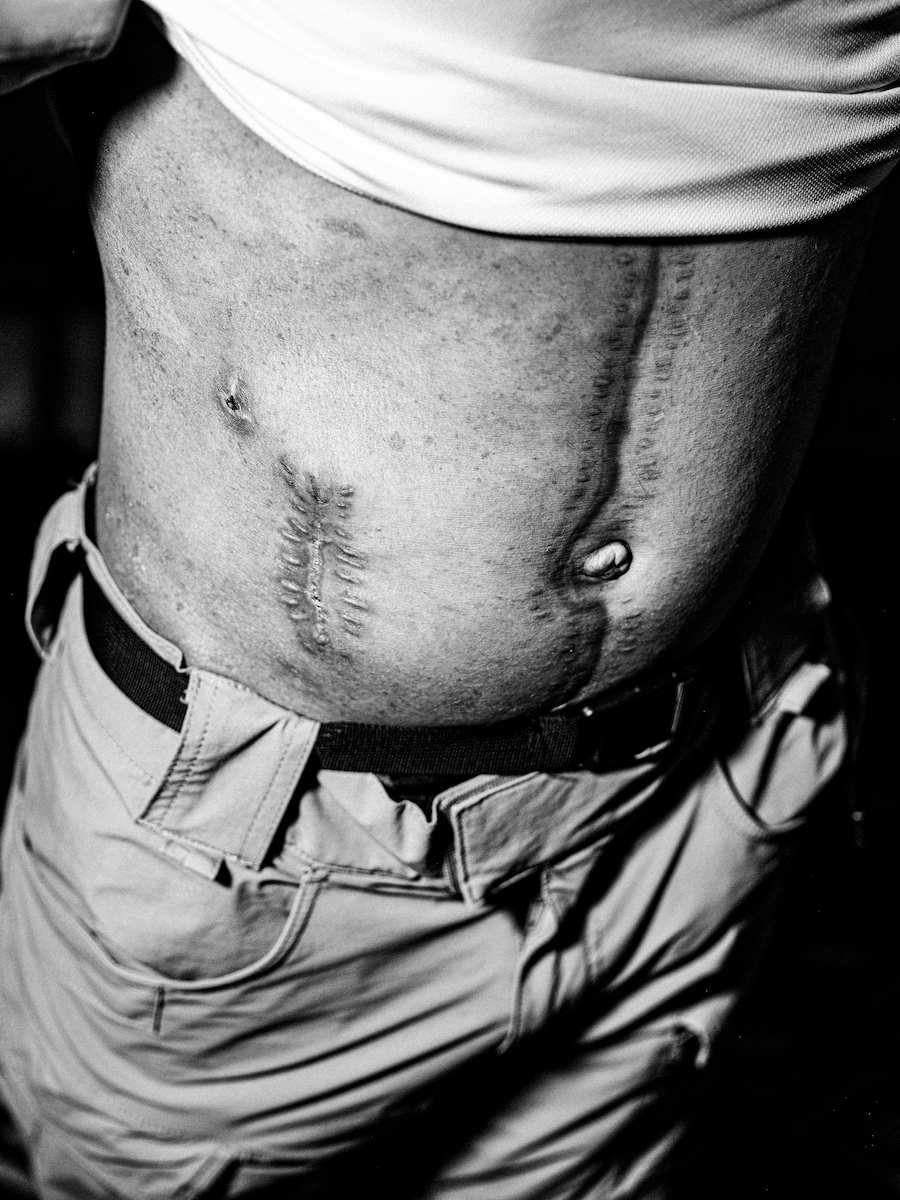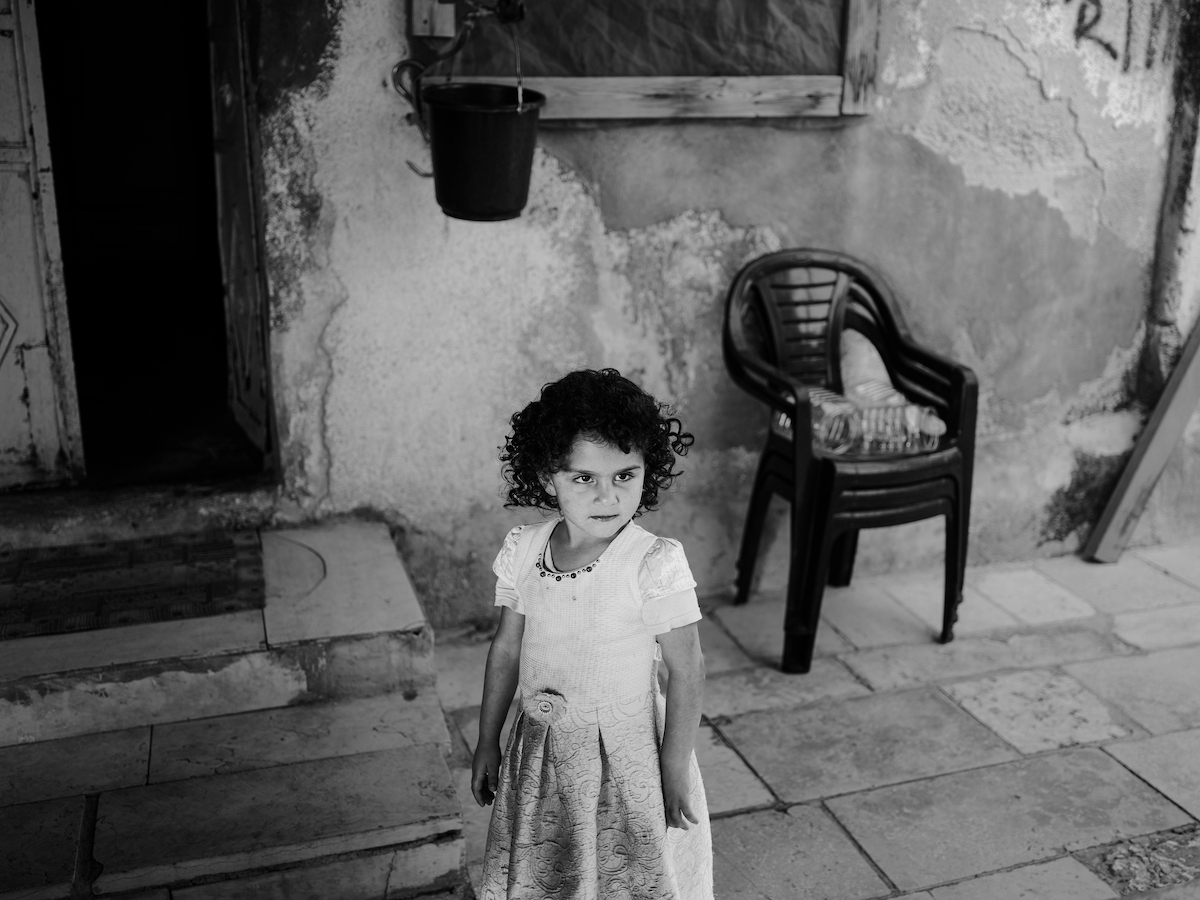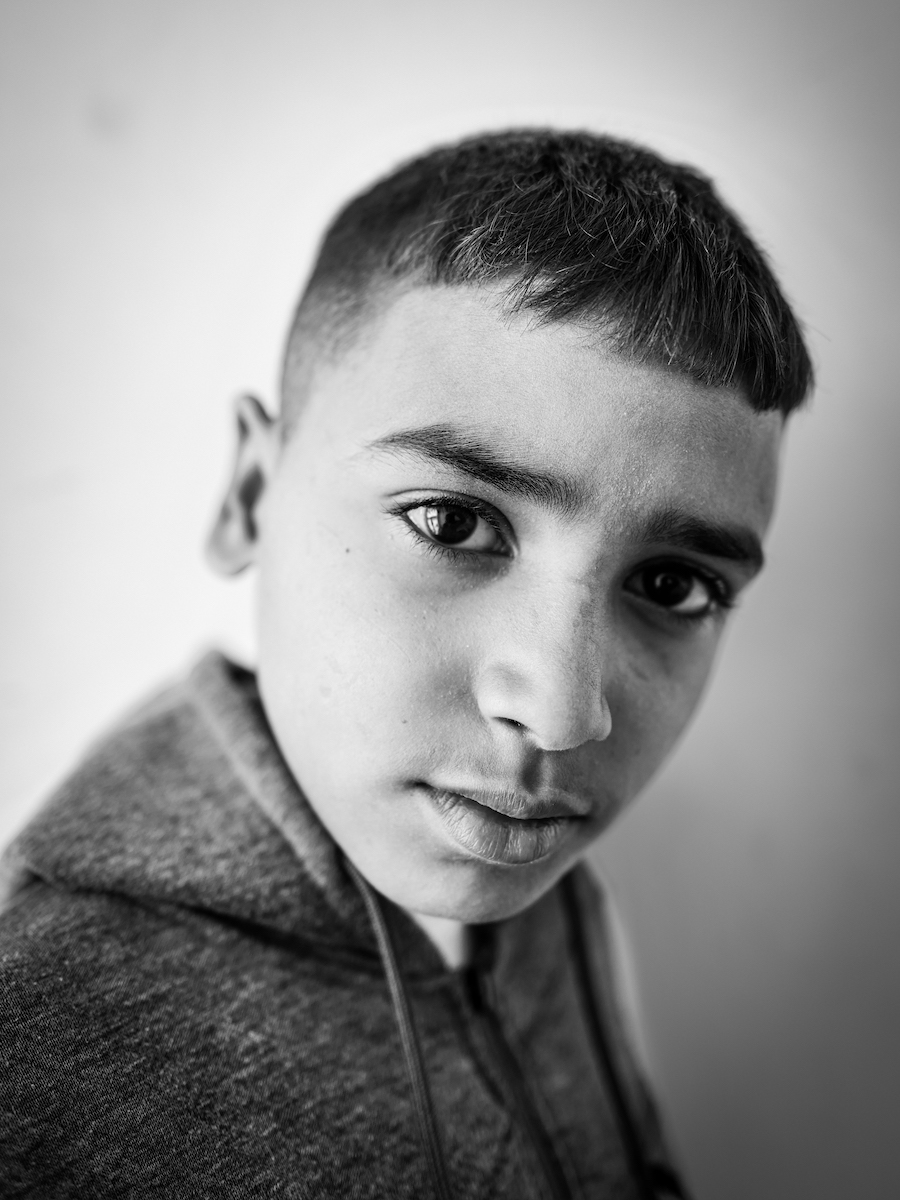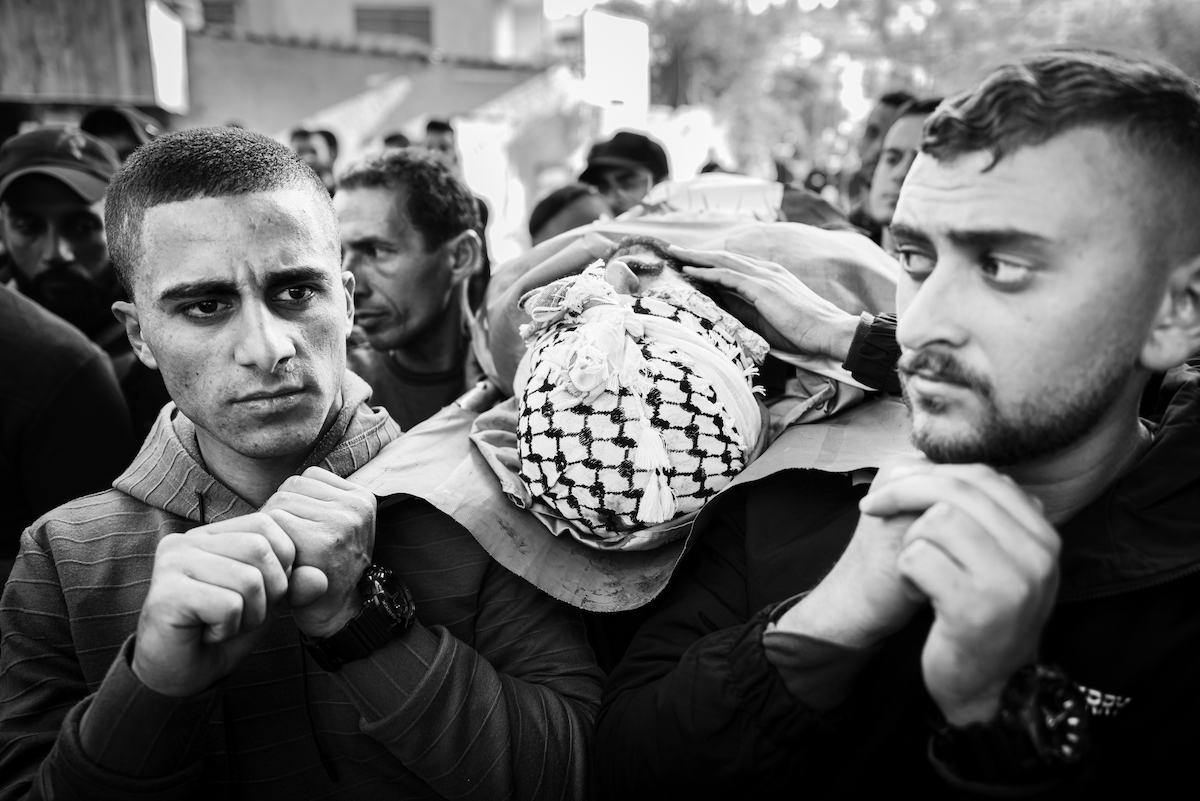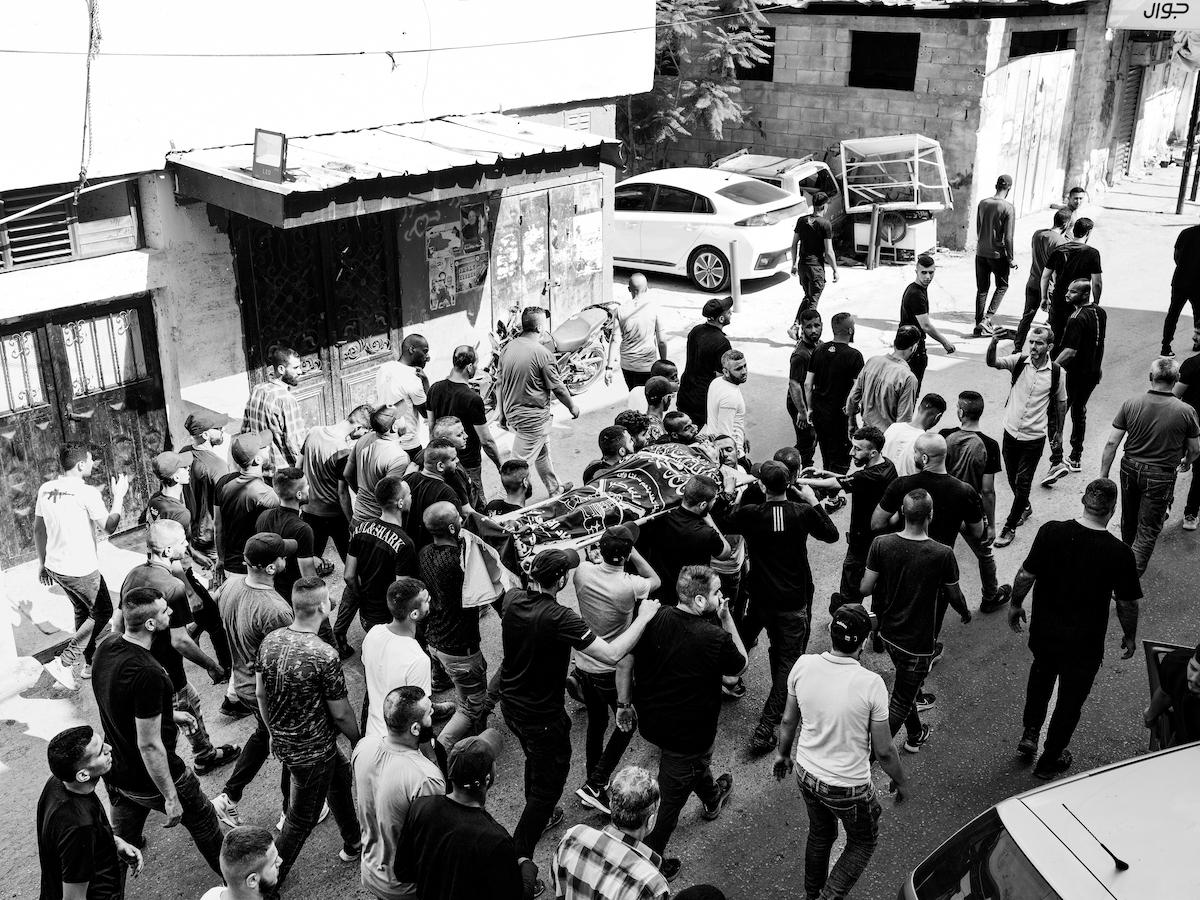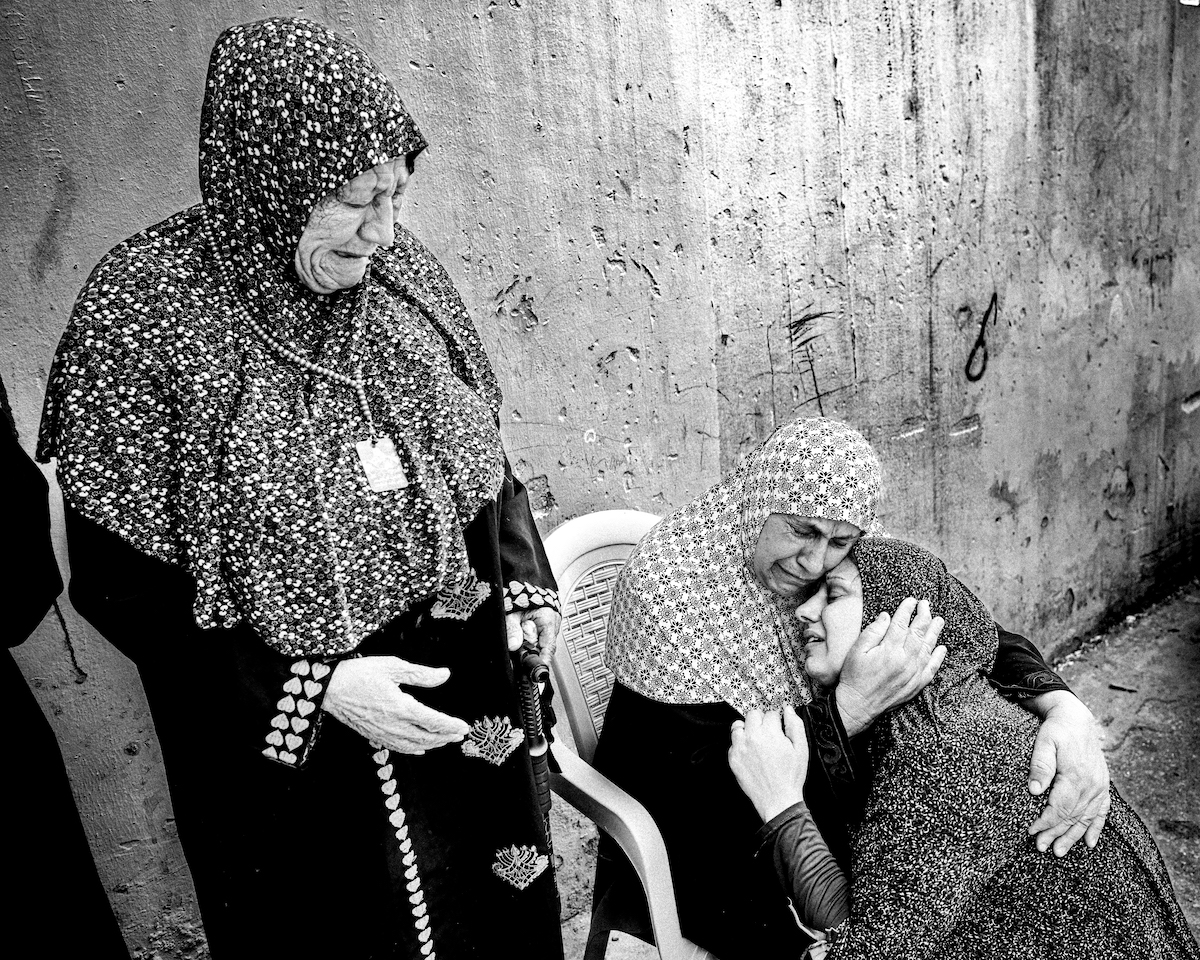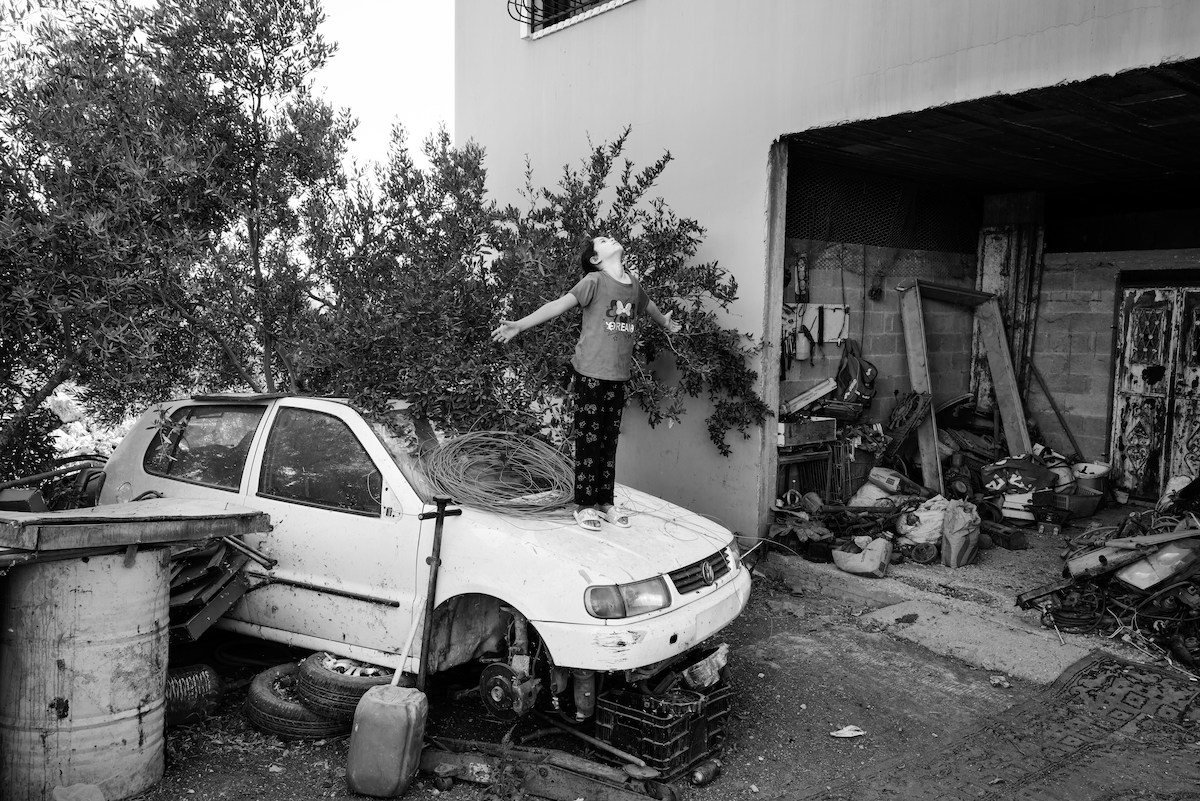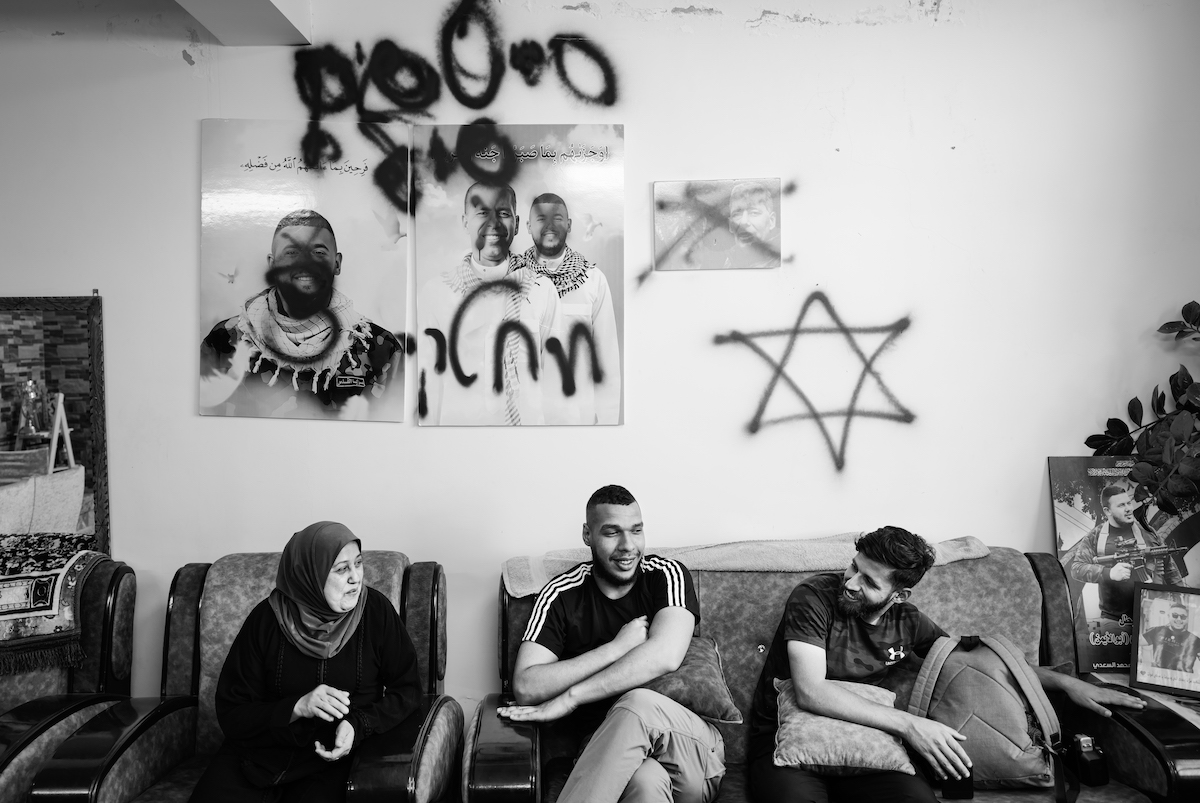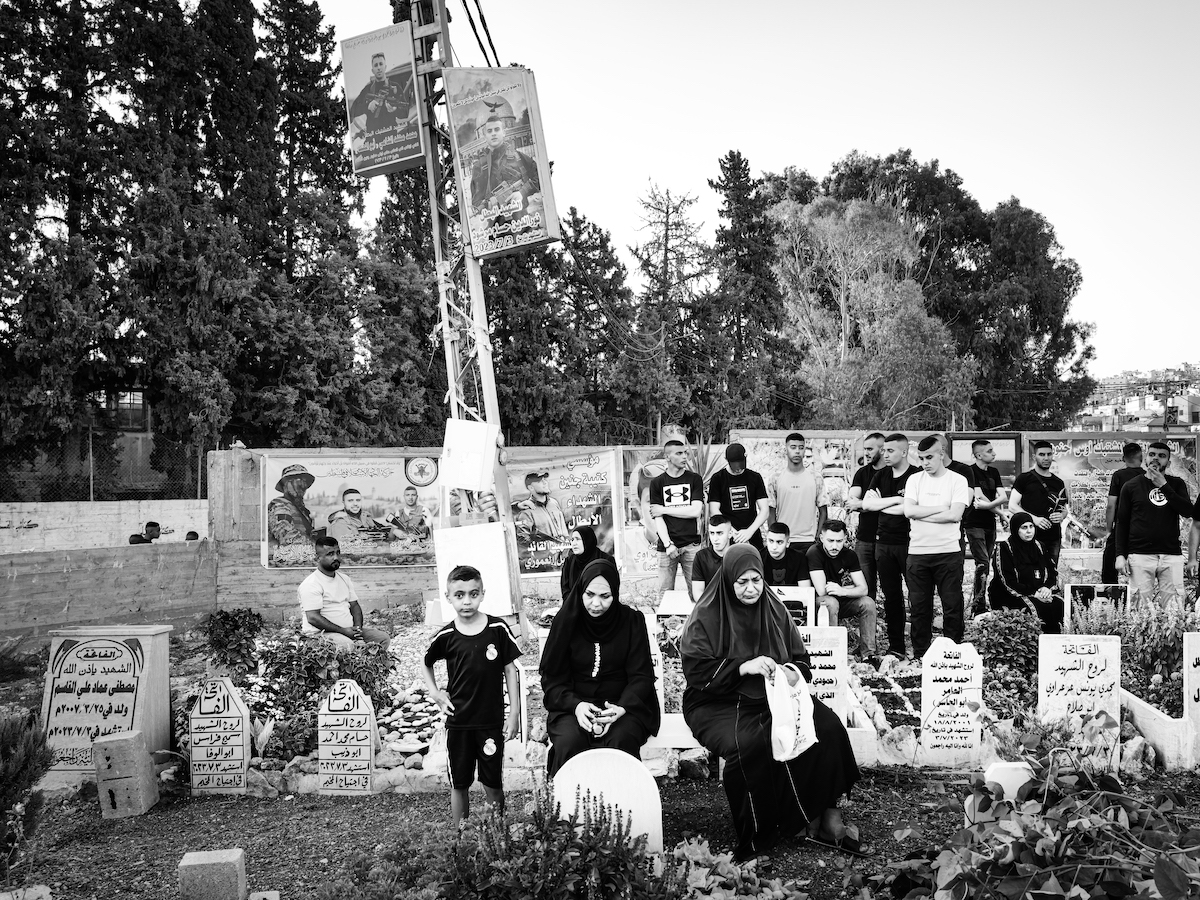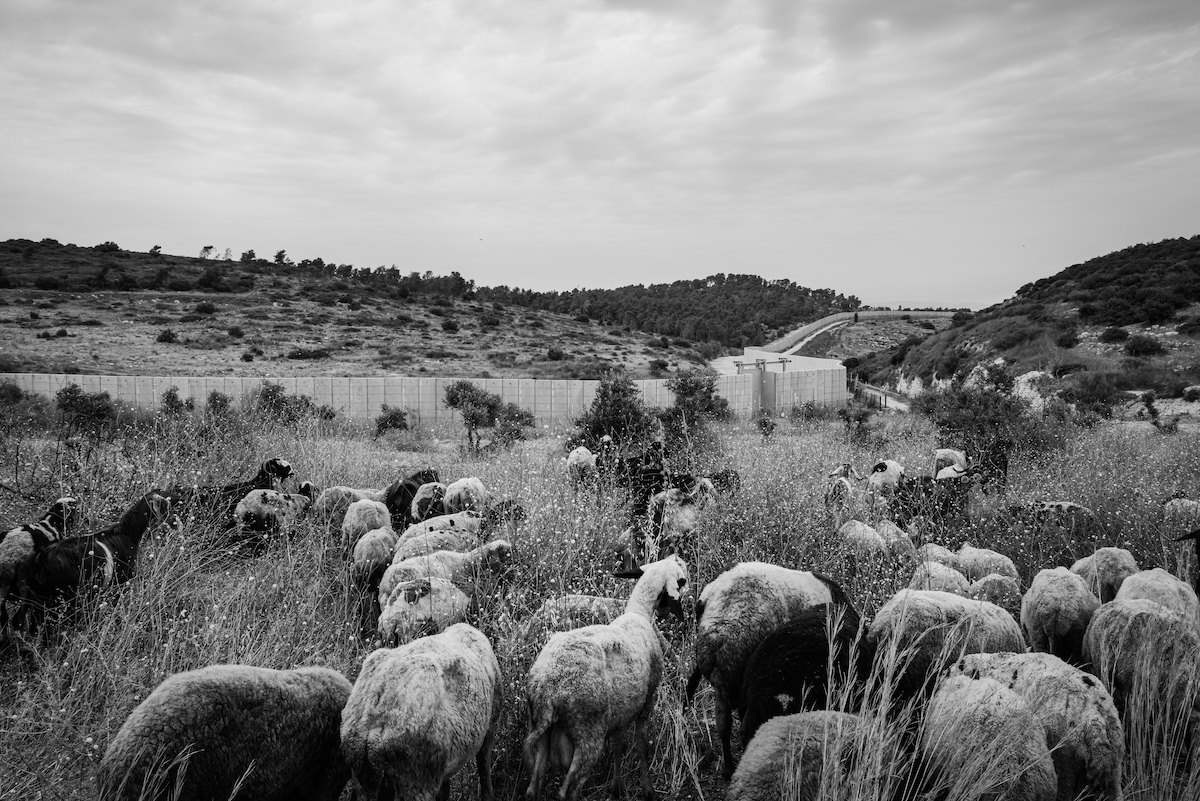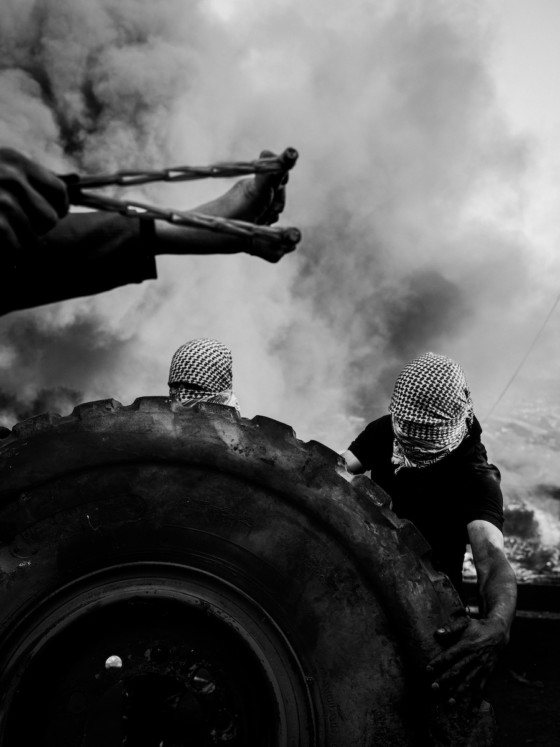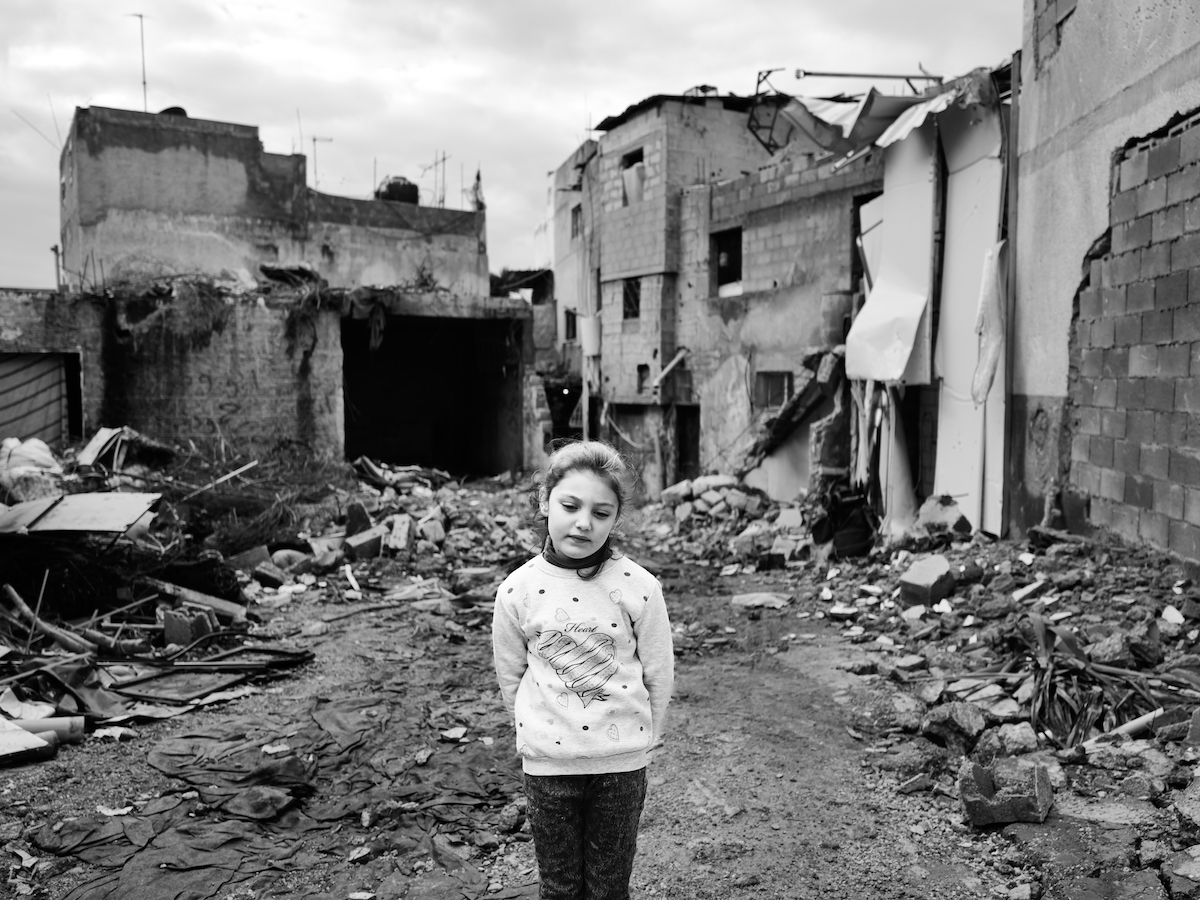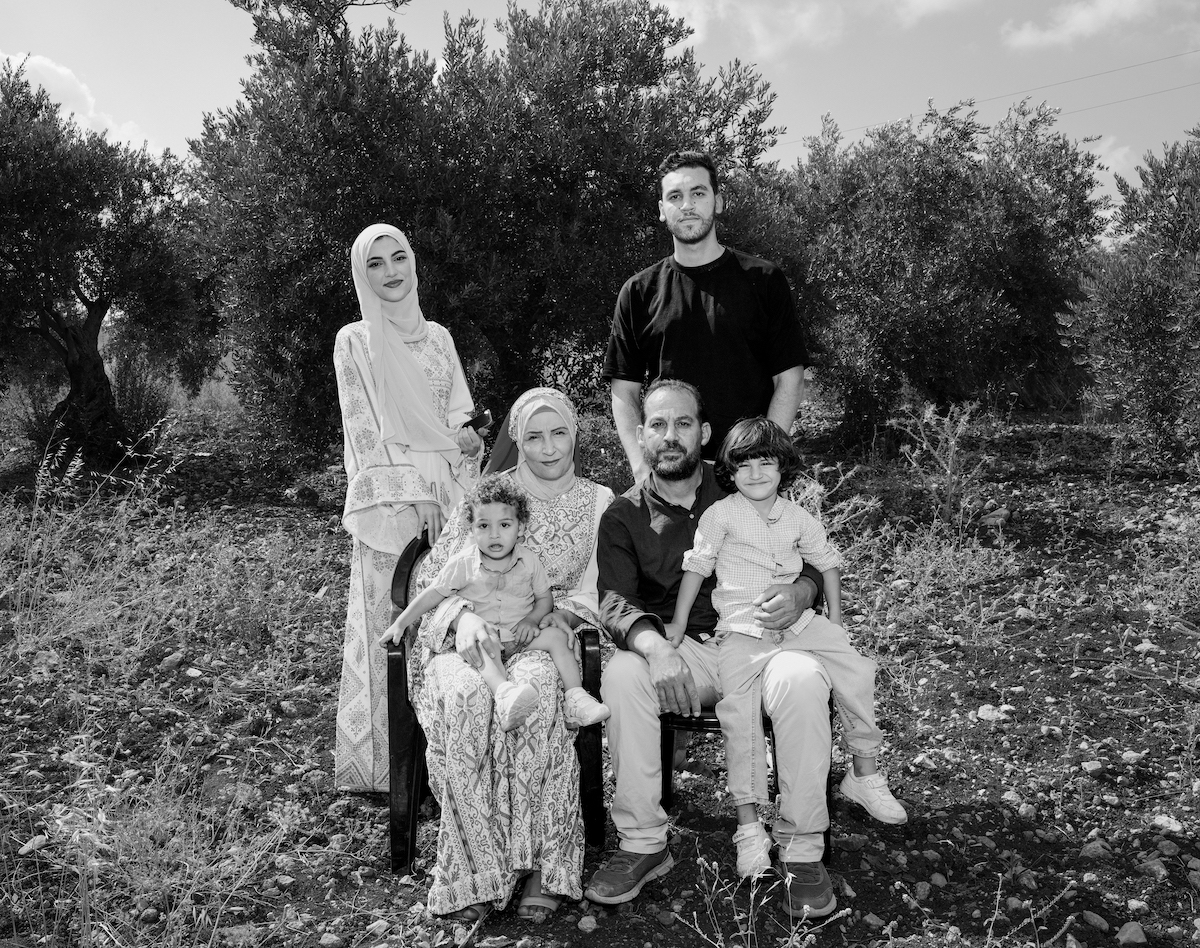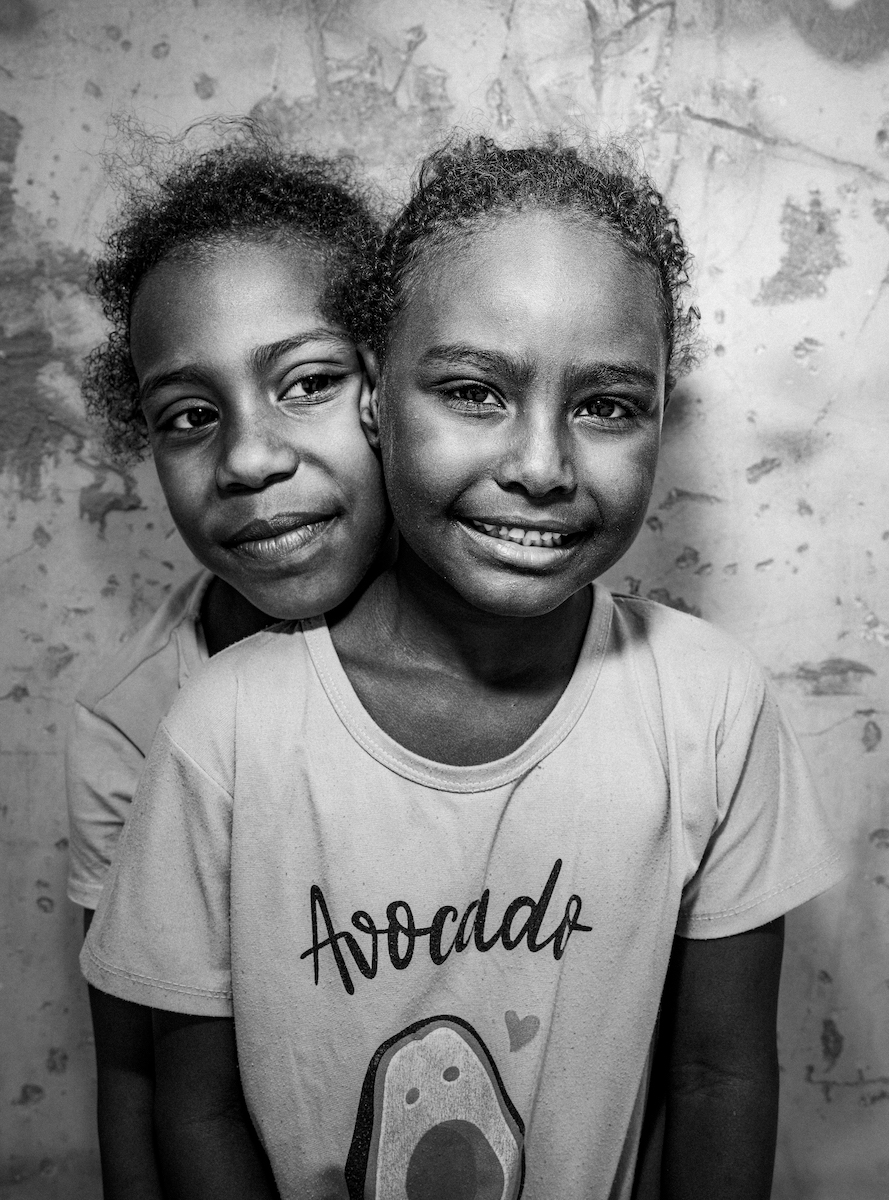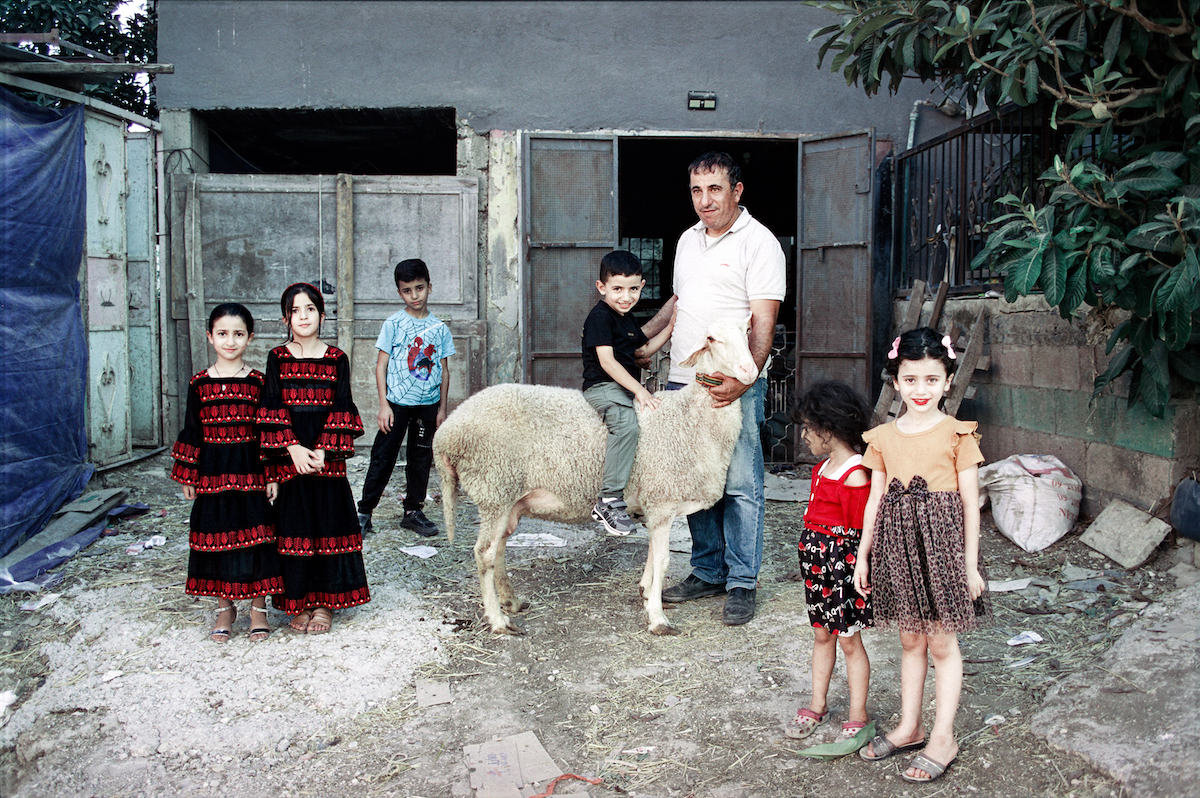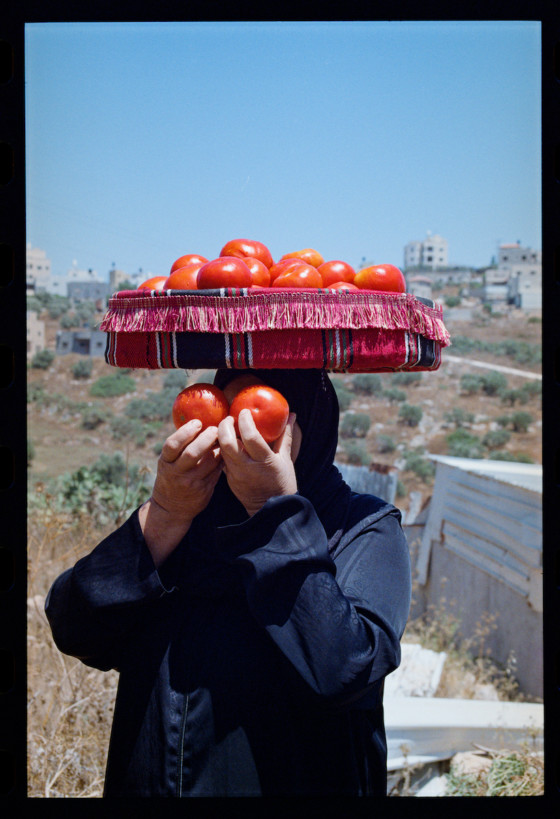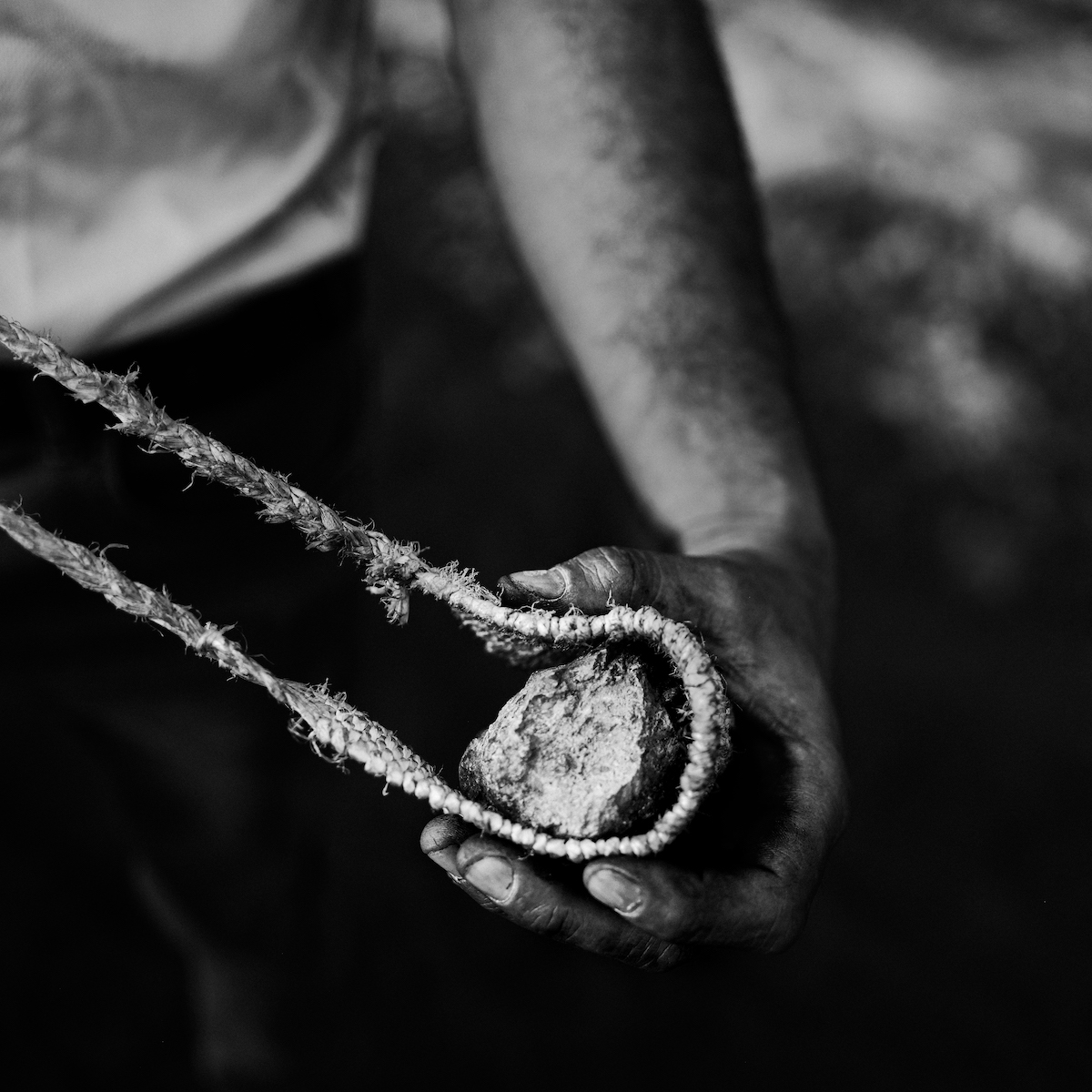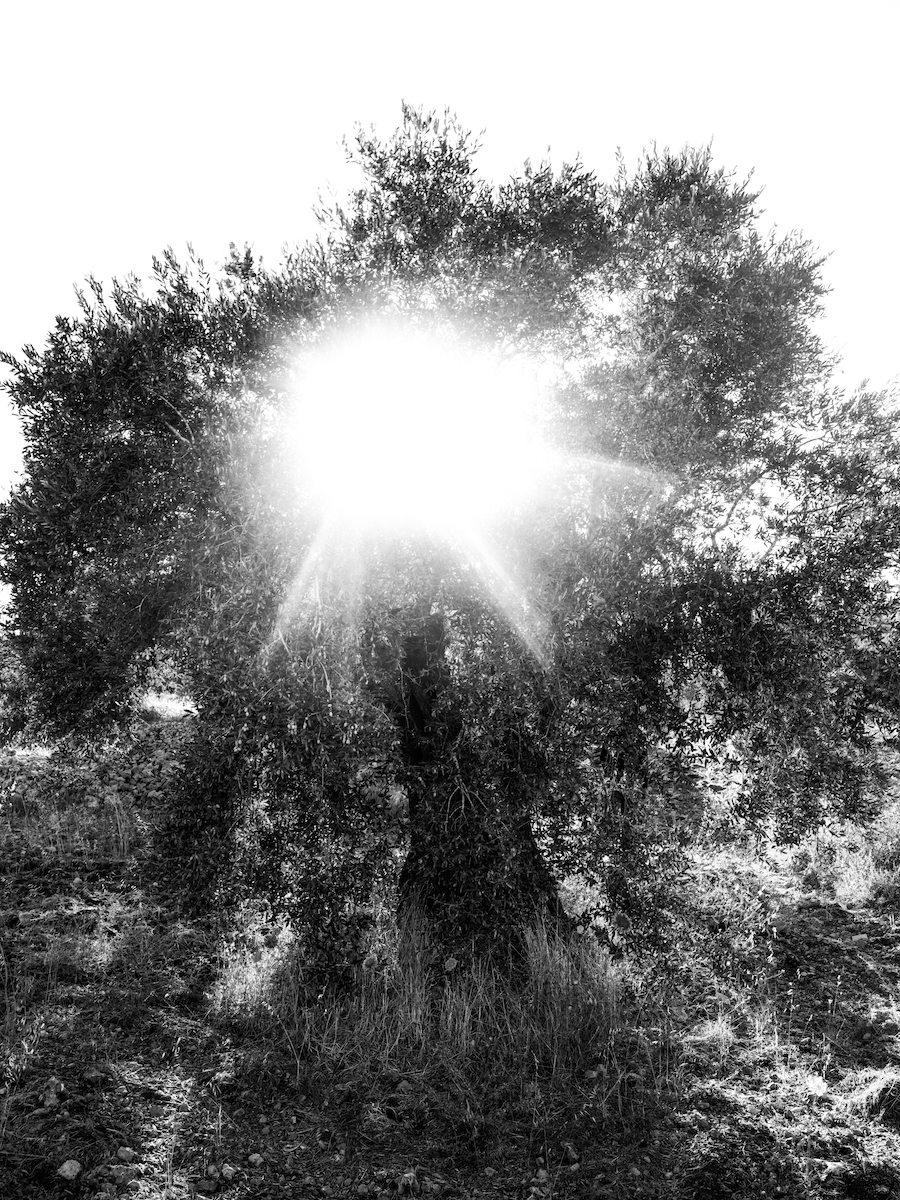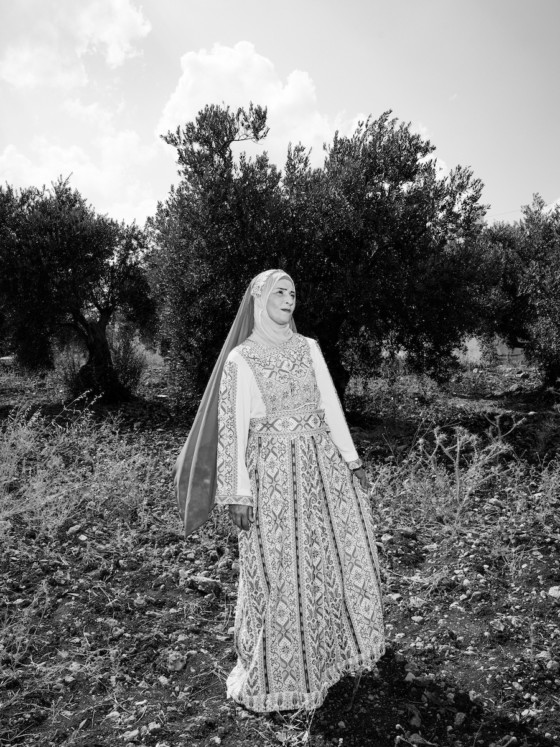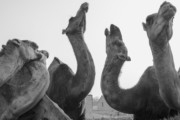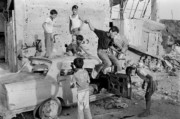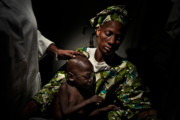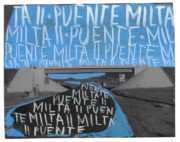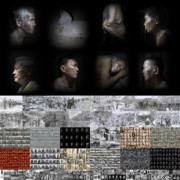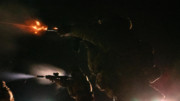Palestinian Resilience and Resistance in the Occupied West Bank
Sakir Khader's first solo exhibition, I Have No More Earth to Lose, is now showing at Carré Chassé in Breda, the Netherlands, as part of this year's BredaPhoto Festival.
He says, on the verge of death, he says,
“I have no more earth to lose”
Free am I, close to my ultimate freedom,
I hold my fortune in my own hands
In a few moments, I will begin my life
born free of father and mother
I will choose letters of sky blue for my name
— Mahmoud Darwish, excerpt from State of Siege
After Israeli occupation forces murdered his 11-year-old cousin Kosay, Palestinian-Dutch photographer Sakir Khader committed to documenting injustices faced by people living in Jenin and Nablus — alongside their “life-loving defiance.” Now, 22 years after his cousin’s murder, Khader’s first solo exhibition since joining Magnum Photos asks, ”What is it like to grow up in Palestine? How can you live amid violence, fear and oppression? What does the future look like when the past has been violently stripped of possibility?” As part of BredaPhoto, I Have No More Earth to Lose will run at Carré Chassé in Breda, the Netherlands, until November 3, 2024.
The West Bank bears both the old scars and new wounds of Israeli occupation, with its people enduring endless dehumanization and relentless violence through assaults, wars, and military incursions for the greater part of a century. Nearly 30% of the populations living in Jenin and Nablus are refugees, descendants of families forcibly removed from their homes and lands during the 1948 Nakba, or “catastrophe” in Arabic — a mass expulsion that began before that year and continues today. Currently, there are several million Palestinian refugees in Palestine and surrounding countries, many living in poverty in semi-permanent camps under Israeli military rule.
Pictured above is 10-year-old Mohammed Amjad al-Jo’os, a child devastated by profound loss while living in Jenin refugee camp. In January, Khader writes, “A sniper’s bullet tore into his brother — shot and left bleeding, his life was extinguished beneath the crushing wheels of an army truck. Five months later, under the same unyielding sky, his father fell to another sniper’s shot, a single bullet to the chest.” When Khader asked Mohammed about his dreams, he did not speak of a future. Instead, he whispered, “To die as soon as possible, to find rest at last. To be with my father and brother again, to feel their hands pinch my cheeks once more.”
Together with the people of Jenin and Nablus, Khader uncovers and examines the complex ways in which, as exhibition curator Mohamed Somji writes, “resistance counters occupation, and thrives in devotion to land and to life.” Everyone living in these cities and refugee camps encounters repression, trauma and unfathomable difficulty from birth onward, making resilience not so much a choice, but a necessity — one that becomes most apparent when all others are made scarce.
“The West Bank has been on edge for the entirety of 2023. Danger lurks at every corner, and death has become an everyday reality. Before the cameras arrived, I captured what the world either couldn’t see or simply refused to acknowledge,” says Khader. “It was a suffocating journey toward inevitable collapse — a vicious cycle of violence that has gripped the people for longer than they can remember, with almost no way out. Every story starts with a nearly unbearable innocence and, without exception, ends either in injury, deep mourning, or, for an ever-growing number, carried on the shoulders of friends — silent, reverent — on their way to their final resting place.”
"Before the cameras arrived, I captured what the world either couldn't see or simply refused to acknowledge."
- Sakir Khader
Innocence and the loss of innocence continue to be central themes of Khader’s work, along with displays of courage and perseverance that would be inconceivable if not for images like these. I Have No More Earth to Lose is a communal portrait of resistance meant to be inclusive of every person, animal, and plant living there. Mohamed Somji continues, “Commitment to the land is found equally in the unshakable determination of fighters and the beekeeper’s dedication to his craft. It is the capacity to interweave childhood, family, mourning, play, and loss with an unyielding spirit of defiance, even when born into displacement.”
The exhibition features texts from sources that have inspired Khader and his work, including the title, which is from Palestinian poet Mahmoud Darwish’s “State of Siege.” Despite the loss of ancestral land, unremitting violence, and suppression of freedoms, everyday resistance becomes apparent in the care for, and enjoyment of, all that is left. Khader’s lens captures this quiet resilience in moments such as the tending of sheep in stark contrast with the illegal separation wall behind them, a woman joyfully carrying tomatoes, and families gathering in streets and gardens. In addition to texts and images, the exhibition features some of Khader’s documentary film work, which he began before dedicating more time to photography.
All your armies
All your fighters
All your tanks
And all your soldiers
Against the boy
Holding a stone
Standing there
All alone
In his eyes
I see the sun
In his smile
I see the moon
And I wonder
I only wonder
Who is weak and
Who is strong
Who is right and
Who is wrong
And I wish
I only wish
That the truth
Has a tongue.
Resistance Literature by Ghassan Kanafani
As Israel’s genocide in Gaza continues, accelerated and amplified following the surprise attacks of Hamas on Israel on October 7, 2023, conditions have drastically worsened in the West Bank through the actions of the Israeli government and settlers in the region. With the scope of civilian murder once again expanding to Lebanon and other surrounding countries, a chorus of calls for permanent ceasefire from the international community gets louder each day. Despite this, the U.S., the world’s largest arms exporter, remains unwavering in its role as Israel’s largest supplier of weapons and military technology. While journalists and medical workers continue to be targeted and killed with impunity, work documenting and insisting on Palestinian humanity is more necessary than ever.
The Arabic word for martyr is “shaheed,” meaning both sacrifice and witness. Khader’s images are made possible through his background, his connection to the land and the people living there, and an open approach that allows him rare and intimate access to the experience of Palestinian civilians and fighters. Testifying through his images, Khader bears witness to those who have sacrificed everything for decades of resistance, and those who persist with steadfast resolve and determination in constructing lives removed from their own lands and freedoms.
The exhibition in Breda will be up until November 3, 2024. Khader’s second photobook, Dying to Exist, is set to be published by 550BC in November.


